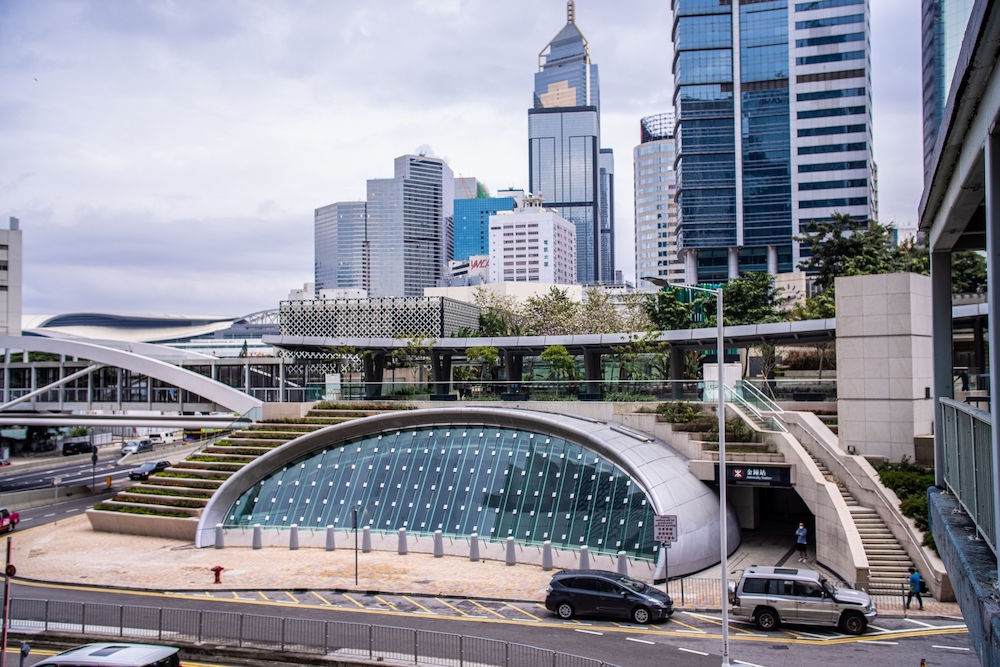Green initiatives can take a number of forms. Most of them are as simple as using natural light and energy efficient lighting wherever possible, spreading the green message in your communication by reminding people to think before printing, or encouraging delegates to choose an airline or a venue that is carbon neutral.
This year’s most anticipated event, the Beijing Olympics in China has implemented a green initiative that pushes related construction projects use environmentally friendly materials as many of the venues are located near and around protected nature reserves. For one, the Olympic Village relies on a heat-exchange heating and cooling system that makes use of the heat produced in the sewage treatment system. Solar power is used at several venues, and Beijing has also established its first wind power plant.
The “Green Olympics” plan calls for the participation of all suppliers of the event – from Olympic sponsors asked to promote environmental protection and to follow environmental regulations; food and beverage caterers to use “green” products; to public transport operators who must meet specific standards for reduced carbon emissions.

Venue verification
Major venue operators are at the forefront in changing meeting industry standards in favour of environmental protection.
The two-year old Kuala Lumpur Convention Centre has earned the distinction as being the first centre in Asia to receive accreditation from the internationally recognised Green Globe Benchmarking programme by the World Travel and Tourism Council.
“Event managers are now being encouraged to utilise reusable material in the design and construction of sets, backdrops and props. These materials are regularly collected and often given a new lease of life, with back drop curtains being re-sewn internally as furniture storage covers, drop cloths, or even curtains for changing rooms. Remnants of timber and pipes from exhibitions are also brought back to the in-house workshop for reuse,” said the Kuala Lumpur centre’s general manager Peter Brokenshire.
For the Green Globe Benchmarking process, the centre has surpassed the organisation’s earthcheck™ measures with best practice results of 41 percent in energy consumption, 27 percent in water consumption, 25 points in water saving, 7.6 points in waste recycling and 25 points in pesticides.
“We hope to set an example in the regional industry,” Brokenshire says, adding that taking this green step has “created a motivational factor for the centre’s team” that reinforces their commitment towards this initiative.
The Sydney Convention and Exhibition Centre (SCEC), another world-class venue that received Green Globe accreditation last year, is also not one to rest on its green policies.
“We take our environmental responsibilities very seriously and encourage event planners involved with the centre to do the same,” says SCEC chief executive Ton Van Amerongen.
Three years ago, the centre introduced its innovative Ecowise environmental programme which minimises waste from conventions and exhibitions and cuts the venue’s energy usage.
“ We also strives to develop and promote eco-friendly solutions for the wider business events industry to implement and benefit from,” said Amerongen.
In November 2007, SCEC hosted a workshop about the challenges of resource recovery and waste management within the exhibition industry. Supported by WSN Environmental Solutions, the workshop resulted in a commitment by the major exhibition bodies and event organisers in attendance, including Reed Exhibitions, Boating Industry Association NSW and Diversified Exhibitions Australia, and supported by WSN Environmental Solutions, to put measures in place to produce less waste and further investigate solutions to improve sustainability practices within the industry going forward.”
Furthermore, SCEC has seen vast improvements in recycling and waste reduction through the formation and implementation of the WRAPP policy: Waste Reduction and Purchasing Policy.
Waste management initiatives include the introduction of coloured bins throughout the venue to clearly separate recyclable goods, educating employees and clients on recycling waste, and a policy encouraging suppliers to provide goods in recyclable packaging.
“We maintain an impressive track record of diverting 80 percent of waste from landfill. Other green initiatives that we have implemented include the introduction of new energy-saving foyer lighting and intelligent control system in the centre to reduce electricity usage; the use of 100% GreenPower in our administration office; and the installation of touch-sensor taps and waterless urinals in restrooms to reduce water consumption as well as water meters to monitor and control water usage,” he adds.
Australia seems to be leading the charge in effecting industry standards for environmentally friendly meetings and conference in Asia-Pacific.
The new Melbourne Convention Centre has already been awarded the 6 Green Star environmental rating by the Green Building Council of Australia. The rating system takes into account a range of factors from materials to indoor environmental quality.
“Delegates will literally breathe easier. Cool air will be released at a lower level of the building, not second hand air which is traditionally pumped through the ceiling of large buildings, said Melbourne Exhibition and Convention Centre chief executive Leigh Harry.
The new AU$1billion (US$875 million) facility located at the South Wharf in central Melbourne will open for business in 2009.
Having a good air quality is one of the priorities in the centre’s design features. For one, carbon dioxide monitoring and control is part of air conditioning system to ensure fresh air is continually being delivered.
Furthermore, air quality is vastly improved with use of low emission building materials as well as carpets, paints, adhesives and sealants that are low in volatile organic compounds.
Melbourne Convention Centre has already won 18 large international conventions pre-booked for the new centre, which is estimated to be worth more than US$293 million to the state of Victoria.

TIPS
The Sydney Convention and Exhibition Centre recently issued Green Event Ideas, a seven-paged brochure designed to help event and meeting planners, who book at the centre, reduce the environmental impact of their events. Here are a few useful guidelines from the new brochure for you to get started.
Before the event
Event planning and policies
• Consider developing and publishing your commitment to the environment
• Ensure you choose a venue with a green policy
• Integrate environmental practice and policies into your supplier contracts
• Estimate your carbon footprint and offset your carbon emissions – include delegate flights and travel
• Look at the historical energy use and waste figures for your event and consider how these could be reduced – track your result after the completion of your event
• Accurately plan your event taking into consideration expected numbers, duration and number of rooms required to ensure best fit and minimal use of resources or unnecessarily extending the length of the event
• Monitor final numbers for accurate forecasting and ordering to avoid waste
During the event
Registration
• Make use of full online registration system to save paper and trees
• Look at environmentally friendly options for delegate satchels – instead of plastic bags, offer hemp or calico bags, or something that can be used again.
Print and promotion
• Encourage the use of plasma screens, projected or electronic signage to reduce production
• Produce reusable printed signage – avoid including dates and times to assist with longevity
Catering
• Consider using organic produce when selecting catering options for your event
• Ask about policies for responsible food handling, recycling and disposal
• Monitor final event numbers to limit waste
Power and water
• Ensure all equipment is turned off at the switch when not in use
• Try to schedule events during the day to reduce power consumption for additional lighting
Waste management
• Make sure that a recycling programme is in place at the event and monitor its effectiveness
• Develop a waste management plan that addresses all types of waste
• If disposable cups, plates and cutlery are necessary, look for those made from recycled fibres and that are recyclable
• If your event will produce a large amounts of specific type of waste (eg, glass of water), talk to the venue about specialised recycling arrangements.
For more information, visit www.scec.com.au


